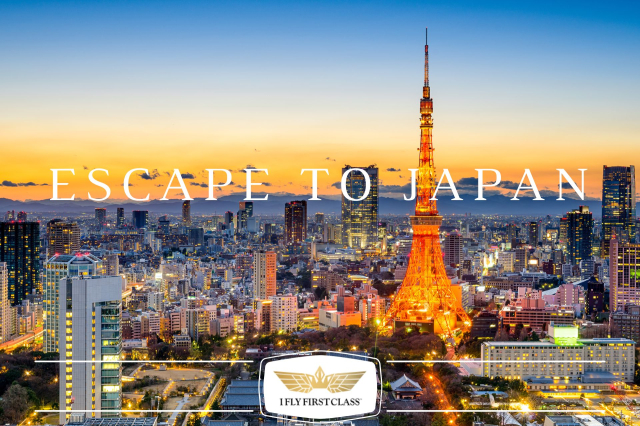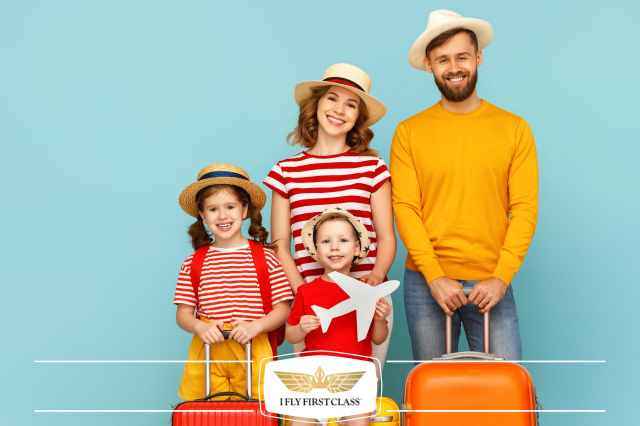Brisbane Business Class Special Offer with IFlyFirstClass
Brisbane Business Class Special Offer
Get the best Brisbane Business Class Special Offer!
Brisbane is the capital of the state of Queensland. It has a population of about 2 million people, making it the third-largest city in Australia.
It’s a positive attitude and creative confidence that makes Brisbane a genuine new-world city. Even though Brisbane is rapidly developing and forward-thinking, it maintains a youthful enthusiasm and has what is arguably the most vibrant, laid back and friendliest atmosphere of any east-coast capital city.
Gaining international exposure during the 1982 Commonwealth Games, the 1988 World Expo and the 2001 Goodwill Games, Brisbane’s year-round warm climate, spectacular scenery and pleasant locals has been the draw-card for many domestic and international visitors, making Brisbane the fastest-growing city in Australia.
For many thousands of years Aboriginal people have lived in what is now known as Brisbane. In 1823, John Oxley was the first English colonist to explore Brisbane, which was then selected by the colony of New South Wales as the location for a new jail, intended to house dangerous prisoners in a remote location. The original settlement was established in what is now the suburb of Redcliffe but was later moved to a location further down the bay.
In 1837, free settlers moved to the area and pushed to close the jail and to release the land in the area.
In 1859, a gold rush led to the establishment of the colony of Queensland with Brisbane as its capital, named after Sir Thomas MakDougall Brisbane, the sixth Governor of New South Wales.
In 1925, the Queensland State Parliament created the City of Brisbane Act, and set up a single government for the city of Brisbane.
Recent strong migration to Brisbane and the whole of south-east Queensland is taking place due to cheaper house prices, a pleasant climate, and good employment opportunities. The area is currently facing the challenge of providing enough fresh water for its residents. You’re not likely to find the tap dry or see any visible signs of the shortage, but keep your showers relatively brief (local water restrictions call for 4 minute showers) and expect the locals to be horrified if you walk away from a running tap.
Brisbane is notorious for having been established on the floodplain of the Brisbane River, which has resulted in major floods in 1893, 1974 and 2011. The flood in January 2011 damaged various infrastructure along the river and surrounding suburbs, but most businesses and services have since recovered from this event.
Brisbane Airport (BNE) is 20 km (12 mi) north-east of the city centre at Eagle Farm, north of the river.
There are direct flights from all Australian capitals and numerous regional centres. Major carriers include Virgin Australia, Jetstar, and Qantas. The airport is serviced by many regional airlines and it is possible to fly daily to most Asian centres (and on to Europe), the United States and New Zealand, without flying via Sydney or Melbourne.
There are International and Domestic terminals, but some domestic flights leave from the International Terminal and some international flights (via other Australian cities) leave from the Domestic Terminal. Check which terminal your flight uses and don’t presume based on whether it is an international or domestic flight.
Transferring between terminals
Allow sufficient time for the transfer between terminals. The terminals are 3km apart and it’s not practical to walk with luggage between them; the main road that connects them has no pedestrian walkway and is very busy.
Tranfers between the airport terminals can be made on the Airtrain service. It offers connections during the day with a train every 15-30mins. The train fare is $5, $4.50 if you book a ticket online beforehand, and the trip is 2 mins long. The Airtrain fare is included by Virgin Australia and by Qantas when connecting between their flights; just present your boarding pass to the Airtrain station staff.
- Domestic to International Transfers operate M-F 5:40AM-8PM, Sa Su 6AM-8PM.
- International to Domestic Transfers operate M-F 5:30AM-7:45PM, Sa Su 5:30AM-7:30PM.
Another option is the TBus service. Services operate every 20 minutes and bus stops are located outside the Qantas and Virgin Australia arrivals hall at the Domestic Terminal, and outside the arrivals hall at the International Terminal. All trips are $5, children under 4 are free. This bus also services Airport Village, which is close to the Direct Factory Outlet (DFO), a small shopping centre that specialises in clothing and homewares stores, but also contains a food court. It’s expensive, but worth checking out if you’ve got more than a few hours between flights. Be careful though, as the last bus back to the airport terminals is at 6:20PM.
Outside of Airtrain hours or if you have a limited connection time, a taxi is your only option.
From the airport to the city
- Airtrain connects to the city from the airport every fifteen minutes during peak times and stops at Central, South Bank, Fortitude Valley and Roma Street stations. An adult fare to the city stations is $15 and a return ticket is $28 and can be purchased at Airtrain stations. There is a 10% discount for purchasing online for one-way or return journeys, but only if you are starting at the airport. Travel time to the city stations can be up to 30 mins. Trains start running between 5AM-6AM. The last trains leave the city around 7PM and the airport about 8PM. It is possible to take the Airtrain direct to the Gold Coast, although it is necessary to connect to a bus service at Nerang Station to reach Surfers Paradise, or at Robina Station to reach Coolangatta.
- CoachTrans also provides transfers via shuttle bus to Brisbane City accommodation and to the Gold Coast. Adult fare (one way) to Brisbane City is $14, and an Adult fare (one way) to the Gold Coast is $39. Fares are cheaper if you buy a return ticket. You can end up waiting up to an hour if you try to book when you arrive at the airport, so pre-booking is a must and no refunds are allowed. Travel time varies depending on the number of passengers on the bus and traffic; it could be anywhere from 20-60 minutes.
- A cheaper public transport alternative is to use the Brisbane Airport Courtesy Bus to DFO/Number 1 Airport Village, and transfer to the 308 bus (direction Chermside) to Toombul Interchange, where you can catch a train to the city. This costs under $3 with a go card, off peak; and under $5 for a single ticket.
A taxi from the airport to Brisbane central costs approximately $35. A good option for getting into the City can therefore be for two or more travellers to share the cost of a taxi to Brisbane Central. Always ask a set price before agreeing to a taxi ride, however, and be sure to tell the driver how many people he/she is taking to avoid sudden price hikes with detail changes. It is additionally useful to find a local returning home to avoid drivers taking advantage of foreigners. Brisbane locals are invariably friendly and happy to skirt the system for convenience and cost savings. From Brisbane Central or Roma Street station a traveller can get to just about anywhere else in Brisbane.
Additionally, the airport also hosts all major car rental companies.
From the Gold Coast
Surfside buses regularly ply the route from Tweed Heads all the way along the Gold Coast, with connections to the train to Brisbane at Robina. You can buy a single ticket to cover the trip, costing around $17.
Gold Coast (OOL) a.k.a. Coolangatta Airport is a low-cost carrier hub, serviced by AirAsia X, Jetstar, Pacific Blue and others. There is a Surfside shuttle bus from the terminal to the Gold Coast Hwy, which has regular services to Robina station. Again, a single ticket will cover the two hour journey.
InfoSource: Wikitravel Under Creative Commons Attribution-ShareAlike License.














